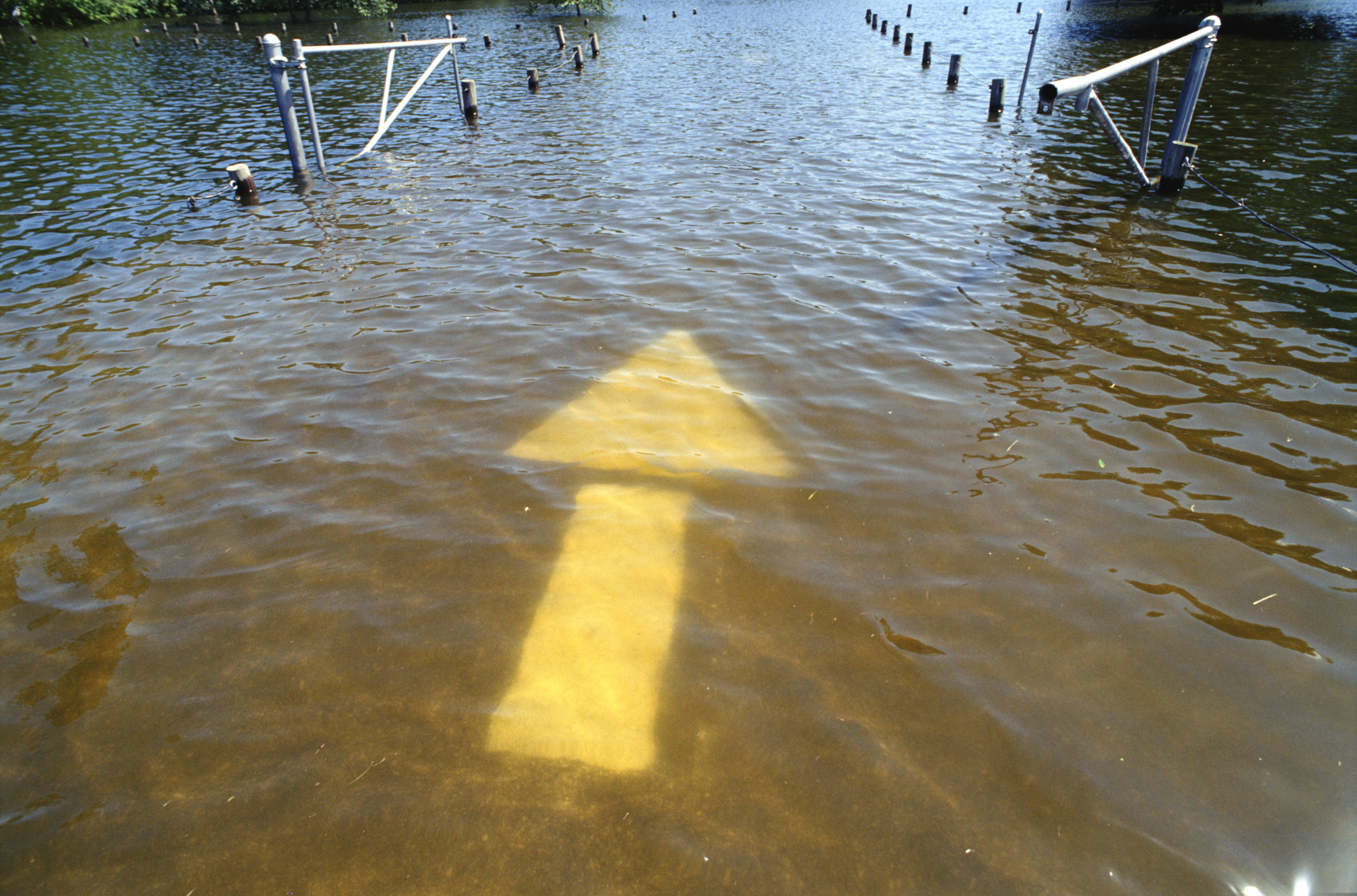
According to the EPA, on July 1, 2007, the company discharged approximately 2,145 barrels of crude oil, diesel fuel, and oil water from its petroleum refinery into a nearby river during a flood event.
A statement from the EPA made a point to reassure taxpayers that they will be paid back for the response costs associated with cleaning up the spill. Ouch.
The company will also complete other projects to further mitigate the risk of illegal spills or discharges. Among these are the completion and installation of river modeling and monitoring procedures and the implementation of a Wet Weather Plan and training of refinery personnel to ensure proper emergency shutdown of the refinery in the event of a future flood.
In the event of an oil spill, a facility’s emergency response plan is activated. Depending on the nature of the spill, local, area, or regional plans may also be put into motion. And for those rare spills that require a national response, such as the 2010 Gulf oil spill, the National Contingency Plan (NCP) is activated, bringing the collective expertise of various federal agencies together to contain and clean up the release or spill.
EPA’s SPCC regulation affects over 630,000 facilities. Is yours one? Download your EHS Essentials Kit—SPCC Plan Compliance now for all the tools you need to be in compliance. Download Now
Response Criteria
Criteria for the development and implementation of state, local, and regional oil removal contingency plans include defining the authorities, responsibilities, and duties of all persons, organizations, or agencies involved in planning or directing oil removal operations. Particular care must be made to clearly define the authorities, responsibilities, and duties to avoid unnecessary duplication of contingency planning activities and to minimize the potential for conflict and confusion that could be generated in an emergency situation as a result of any duplications.
Don’t risk an EPA fine! Stay in compliance with our EHS Essentials Kit—SPCC Plan Compliance. Download now for instant access to comprehensive checklists, common violations, training materials, forms, and more. Download Now
Notification Procedures
Response planning must include the establishment of notification procedures for early detection and timely notification of an oil discharge, including:
- The identification of critical water use areas to facilitate the reporting of and response to oil discharges
- A current list of names, telephone numbers, and addresses of the responsible persons and alternates on call to receive notification of an oil discharge as well as the names, telephone numbers, and addresses of the organizations and agencies to be notified when an oil discharge is discovered
- Provisions for access to a reliable communications system for timely notification of an oil discharge and incorporation in the communications system of the capability for interconnection with the communications systems established under related oil removal contingency plans, particularly state and national plans
- An established, prearranged procedure for requesting assistance during a major disaster or when the situation exceeds the response capability of the state, local, or regional authority
